Climate vulnerability assessment for selected crops in Senegal
The vulnerability assessment for the selected crops in Senegal is based on the interaction of sensitivity to change, exposure, and adaptive capacity. We use the conceptual framework of climate-related risk from the Fifth Assessment Report (AR5) of the Intergovernmental Panel on Climate Change (IPCC) Working Group II (WGII) to examine the impacts that climate change is likely to have on agriculture and food security. The ultimate purpose of this study is to assess if the future climate has a neutral (no change), negative (decreasing), or positive (increasing) impact on crop productivity, and to identify regions of concern and opportunities for climate change adaptation. We used the Maxent ecological models under intermediate and high-emission climate scenarios – Representative Concentration Pathways (RCPs) 4.5 and 8.5, respectively – to assess the sensitivity of nine crops to climate change: rice, baobab, cashew, mango, okra, onion, pepper, madd and ditakh. To produce a crop-specific vulnerability index and a final accumulative score, we combined the components of vulnerability using equal weighting. We have also mapped the hotspots of climate change vulnerability and identified the underlying driving indicators. For example, we found that the south, east, and southeastern regions are most vulnerable, especially Tambacounda, Kaffrine, Sedhiou, Kolda, and Kedougou regions. There is a high vulnerability for baobab trees and cashew to the north, as well as cashews, ditakh, okra, onions, and rice to the northeast. This study highlights how the adaptive capacity of the farming population can be enhanced by augmenting access to education and health services, improving nutrition, and developing infrastructure for marketing, transportation, and irrigation.

